I came across this very well preserved Commodore 64 keyboard and thought I would share some details. The keyboard is the third (and last) generation of keyboards originally created for the Commodore VIC-20 home computer. It has a tall, thin font similar to Helvetica Narrow and the keycap shape is almost identical to the later spring operated C64 keycaps (more on that below). When the VIC-20 was discontinued, Commodore shipped leftover VIC-20 keyboards with the Commodore 64 breadbox styled computer. The keyboard is fully functional with the C64 but is build a little differently.
As evident from these images, the color and shape of the old C64 keyboard are almost identical. The early version Commodore 64 keyboard is placed below a copy of the newer more widely available C64 keyboard for visual comparison. The biggest visual difference is the shape of the Spacebar. The ribbon cale is also placed differently on the early version keyboard.
The Shift Lock key has a black round bottom and is connected with two long yellow wires to the keyboard PCB. Most subsequent Commodore 64 keyboards have short wires connected to the keyboard PCB.
The biggest difference is the lack of springs underneath the keycaps. The plastic pegs are white and not black as in the later C64 keyboard versions. The domed rubber feet makes the keyboard feel quite sluggish and has to hit a little harder compared to the later spring operated keycaps. The activation pads are not protected from oxidation as the later keyboards.
The Spacebar has a different shape and is mounted differently on the early C64 keyboard when compared to a standard Mitsumi C64 keyboard. The stabilizer system of the Spacebar is also different.
Some Commodore 64 keyboard pegs/keycaps have a clear visual difference as this ‘Strange C64 keyboard’ described previously does (link). The shape of the early C64 keyboard plastic pegs also differ from later C64 keyboards. The domes function for activating the keys. The underside of the keycaps are also different. The 2u key (Return key) and the 1.5u keys (Function, Restore and Shift) only have one female socket. This makes the keycaps non-interchangeable with newer versions of the C64 keycaps! Without a caliper, the peg sizes look identical to the newer C64 keyboard pegs. However, there is a difference of 0.25mm in material thickness of the ‘cross’ part of the peg tops. This difference is more than enough to cause damage if newer version keycaps are tried being installed into the early version C64 keyboard. The same hold true for the 3D printed adapters I use for my MechBoard64’s (link).
The keyboard is not particularly rare to find in a Commodore 64 and is just supports that Commodores used whatever they had in stock when assembling new machines…
© breadbox64.com 2020

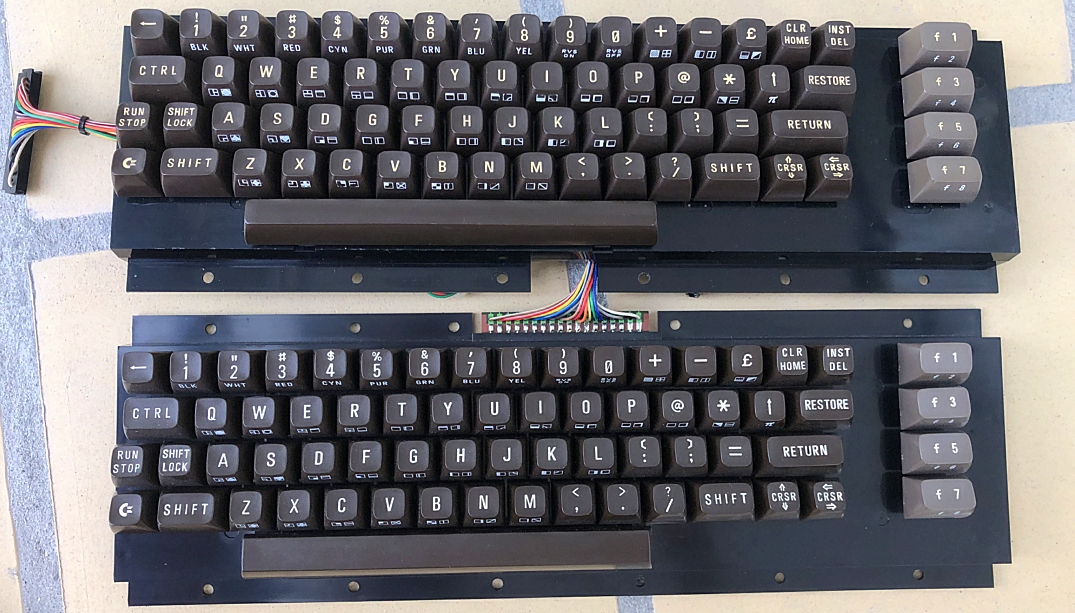
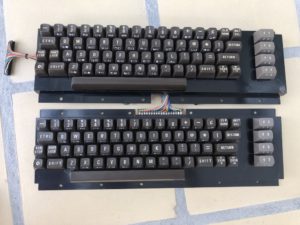
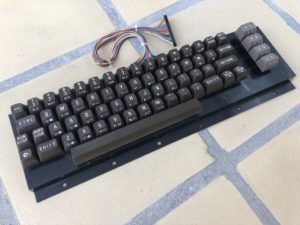
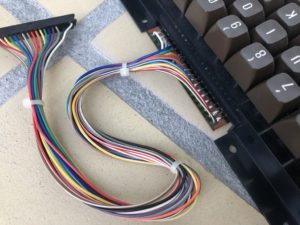
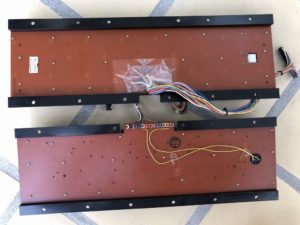
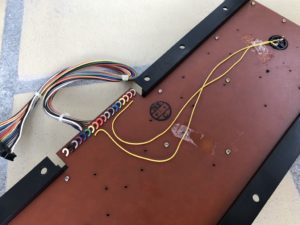
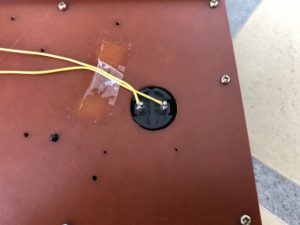
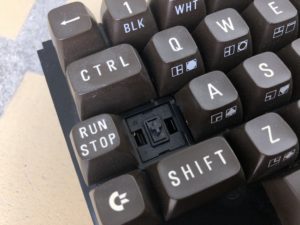
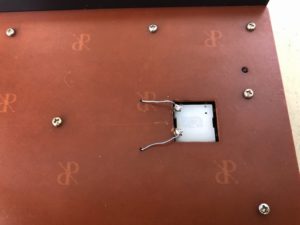
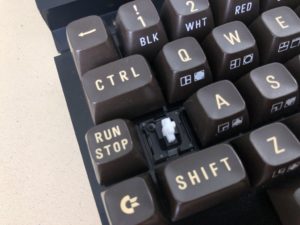
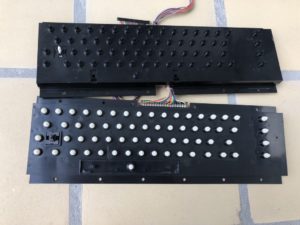
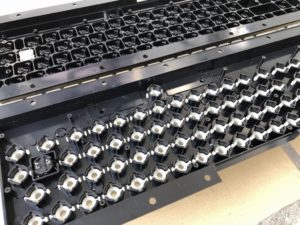
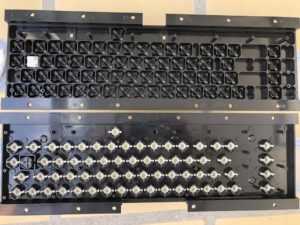
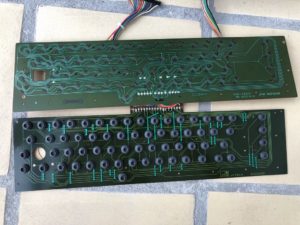
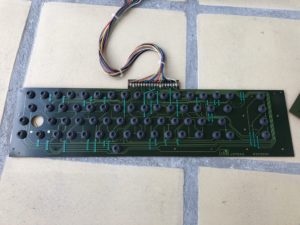
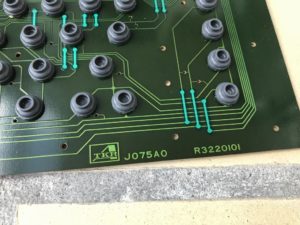
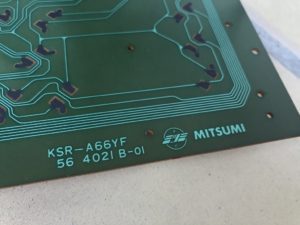
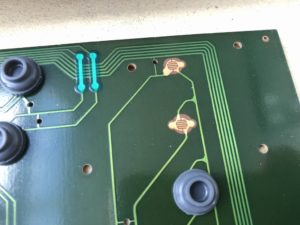
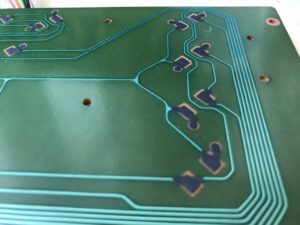
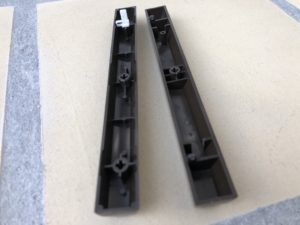
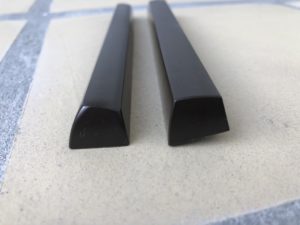
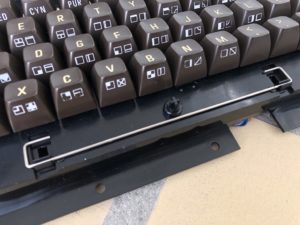
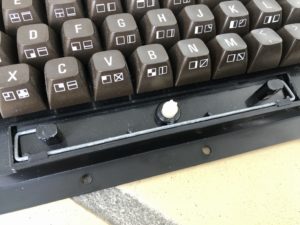
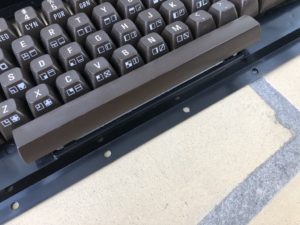
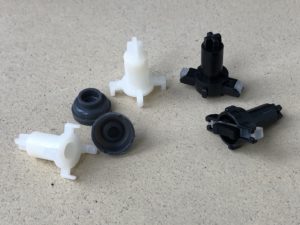
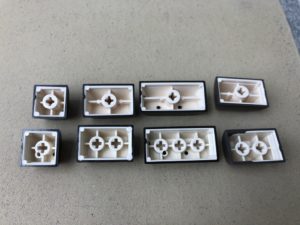
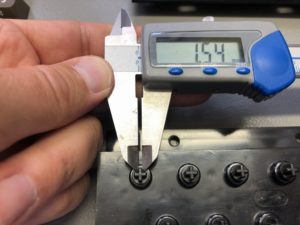
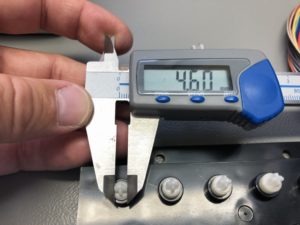
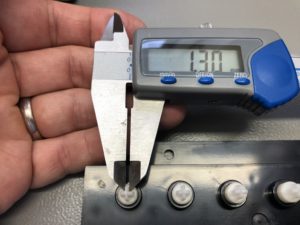
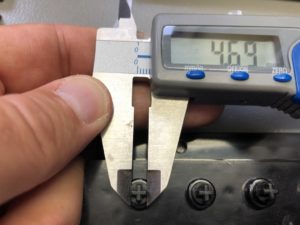
Nothing compares to you(r) 😛 Mechboards. Best investment of any retro projects ever!!! And I am so happy having 2…
You switched around the G & F keys on the top keyboard 😉
He he… Well done! You made me dig out the keyboard and fix the swapped keys… 🙂
I have one of these older keyboards in my VIC-20. None of the keys are working at this time which makes me believe it is a wiring fault. I cannot locate anything wrong with the wiring, however. Perhaps the contacts just need a thorough cleaning or maybe restoration.
If none of the keys are working, you may have a wiring problem…
I agree except I checked and did not anything wrong. All wires have continuity.
Sorry for the typo! I was mistaken on this keyboard. I got it mixed up with another, even older PET style that I have. The one that resembles your keyboard above has only a handful of keys that are not working. I am going to revisit it today and clean up the contacts again.
I think I have one of these. I have a C64 with a really terrible feeling keyboard and the orange-yellow function keys of the VIC-20. I’ll have to take it apart and check once I move to the same city where my storage is currently waiting for me.
To me, the keyboard’s font looks more like Univers Condensed than Helvetica Narrow. The shape of the G matches Univers, but the Q and R are modified.
About those pegs, The factory also used gray pegs next to the white ones. I have a VIC-20 (or in this case a german VC-20) and a C64 from approximately the same year and both came equiped with the above style keyboard. Also the conductive domes came in a variety of colours: gray, transparent, black. So it’s also my opinion that Commodore just grabbed what was in stock at that very specific time.